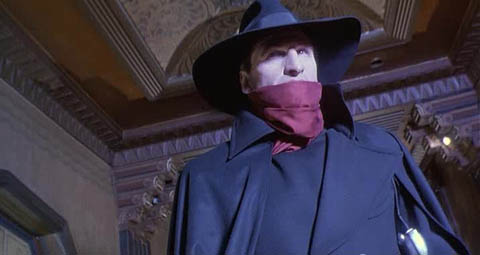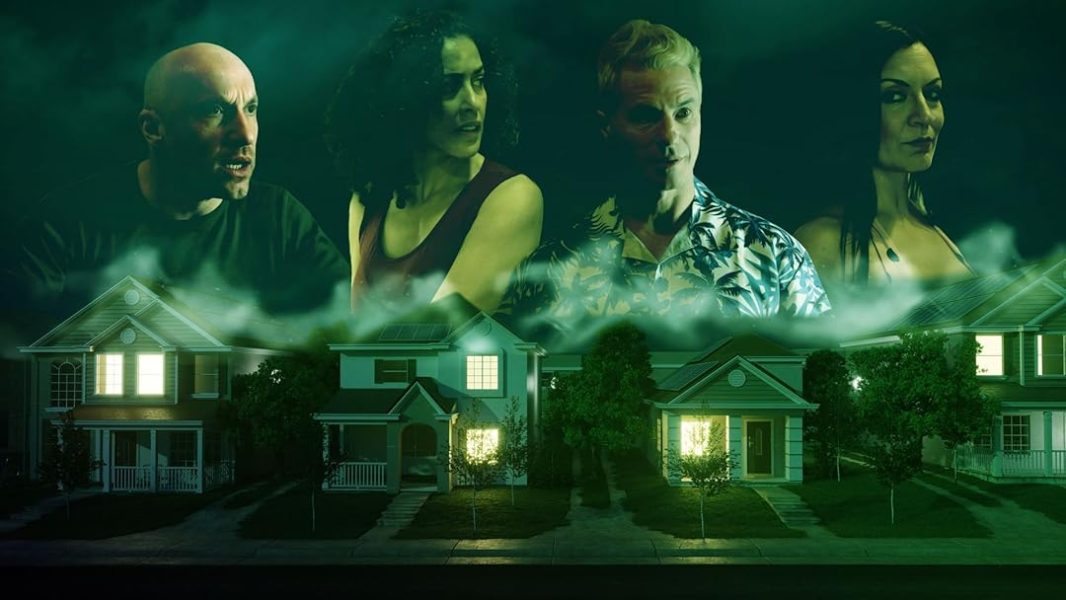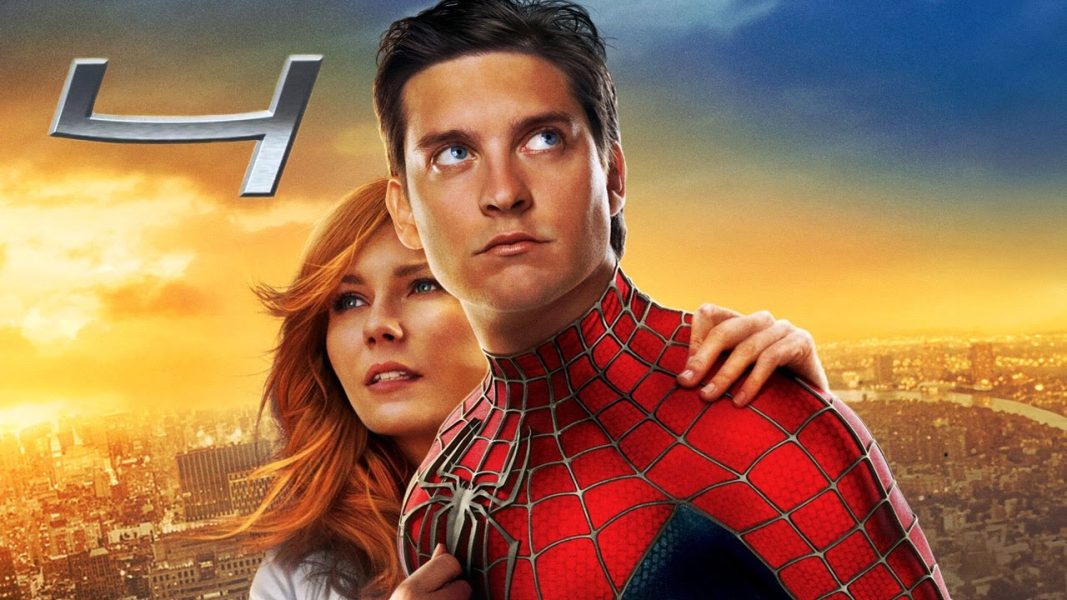The Shadow (1994)—A Comic Book Film Far Ahead of Its Time

In 1931, The Shadow was a very popular book series that was later adapted to serialized radio, comic books and film. During his run, The Shadow was depicted as a man who could manipulate the minds of his opponents to make himself more terrifying. Creator Walter Gibson claimed that he was inspired by several sources including Bram Stoker’s Dracula. Gibson was also a very fast writer and penned almost 300 stories on The Shadow, setting up the stage for other superhero stories to follow. The Shadow underwent many different alter egos, with the most common one being Lamont Cranston, a wealthy playboy who also happens to be the star of the 1994 film adaptation.
The 1994 film depicts Cranston (played by Alec Baldwin) as a former Mongolian warlord who learned how to influence the minds of people to appear invisible among other abilities by a Tibetan monk known as The Tulku. Seven years later, Cranston returns home to New York City and begins his crusade on crime. While not fighting crime, Cranston attends the Cobalt Club, a club for rich people and the NYC Police. One day, he meets Margo Lane (played by Penelope Ann Miller) who can read people’s minds and whose father, Dr. Reinhardt Lane (played by Sir Ian McKellen) works as a scientist for the U.S. War Department. Meanwhile, Shiwan Khan (played by John Lone), the last descendant of Genghis Khan and a former student of The Tulku, plans to rule over the world.
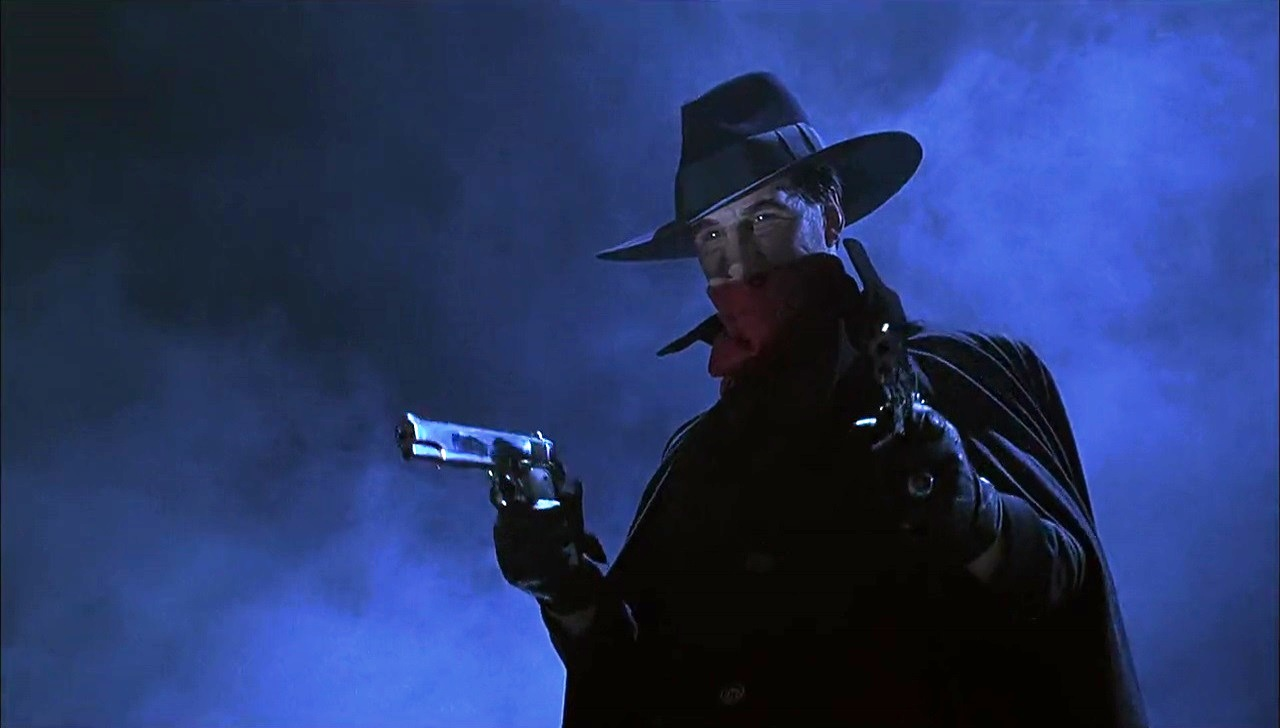
One way I would describe the film would be that it feels almost like Tim Burton’s Batman (1989) mixed in with a bit of Guillermo Del Toro’s Hellboy. From the set design, to the color grading and cinematography, 1994’s The Shadow truly delves into its pulpy roots. Perhaps my favorite element of the film is the set design and overall use of visual effects. I really appreciated the overall aesthetic of Lamont Cranston’s mansion due to its reminiscence to classic comic book films and even having some horror influences. The best way I can describe it is Wayne Manor from Tim Burton’s Batman films mixed in with the Spencer Mansion from the Resident Evil games. Speaking of Cranston, Alec Baldwin was perfectly cast as Lamont. He has the piercing blue eyes, tall stature and dark hair that just screams out comic book billionaire playboy. In fact, he looked so good as Lamont Cranston that I seriously wished he was cast as Bruce Wayne in a Batman film. As Lamont, Baldwin is both charismatic and intelligent, capable of using his connections to get info through his agents and contacts throughout New York.
The rights of The Shadow were acquired by Universal in 1982 with screenwriter David Koepp slated to write. Koepp is a huge fan of The Shadow and would often listen to the radio serials as a child. He claimed that there were so many stories involving the character, but he wanted to focus on a more serious route. Koepp wrote the film with Alec Baldwin in the role, citing his appearance as paramount to bringing the character to life. Not only did he make the right call with Baldwin, but I think this is one of my favorite films that Alec Baldwin has been in. But while Baldwin did an excellent job as Lamont Cranston, I thought he was rather disappointing as The Shadow himself. As The Shadow, he is almost incompetent at stopping the villains, and even needed help from Margo Lane to get out of an obvious trap.

Speaking of Margo Lane, I found her to be one of the most interesting characters in a comic book film. Initially, I thought she would be another pretty blonde damsel in distress. However throughout the film, she displays nothing but fierce determination. Being born with powers, she uses them to inadvertently help Lamont Cranston solve the case behind Shiwan Khan and her missing father. Unlike many other women in comic book films, she doesn’t fall for Cranston romantically, and even helps him save the day by diffusing Khan’s bomb with her father. Few comic book films even today struggle to have two people of the opposite sex star in a film and not fall in love. I’m glad that The Shadow subverted this infamous trope in filmmaking which just goes to show how far ahead of its time it really is.
The special effects for the most part have aged poorly. While I think that the most impressive use of CGI has to be the sentient knife of the Tulku, the rest of the effects come off as either flat or they just don’t blend in well with the real textures and backgrounds. Despite the effects not really detracting from the story, they can momentarily take you out of the viewing experience. Meanwhile, the practical sets are arguably the film’s strongest visual effects suite, with the hall of mirrors being one of my favorites of the bunch. It’s a shame that the majority of the set was destroyed in an earthquake. This led to a much shorter, reshot version of the final fight between Cranston and Khan.
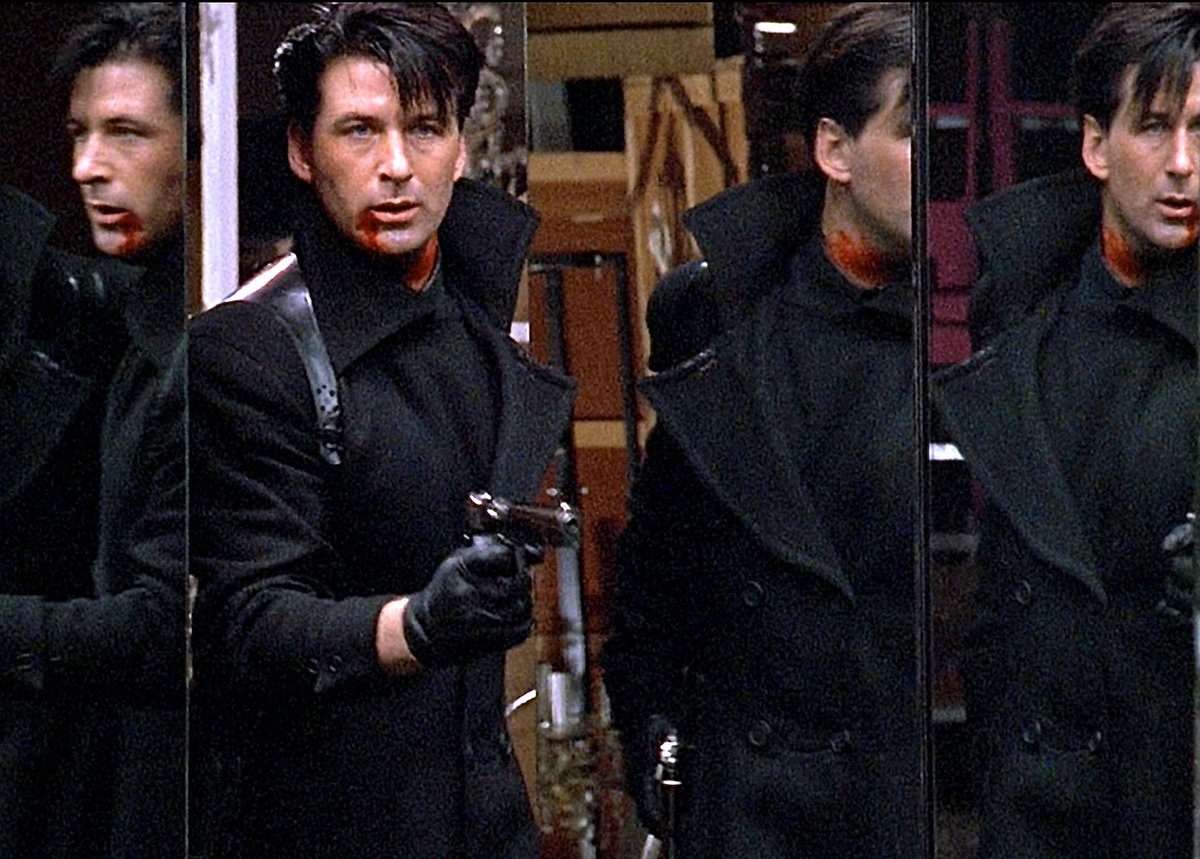
Compared to other comic book films that came out during that time and long after, The Shadow is often overlooked and forgotten about. And this is a crime in of itself, as although The Shadow doesn’t have the more tight-knit storytelling that many other comic book films have, it has a certain cinematic style to it that many films today simply lack. The Shadow was produced on a budget of $40 million and made back only $48 million worldwide, making it a massive box office bomb. This was largely due to stiff completion from both The Lion King and The Mask coming out at the same time. The Shadow was planned to spawn a film franchise, however, due to this financial failure, those plans never reached fruition.
With comic book films such as 1978’s Superman or 1989’s Batman being credited as some of the most iconic films that kick started the superhero genre, most forget about this hidden gem. Although not as wholesome as Superman or dark and vengeful as Batman, The Shadow was one of the oldest superheroes to be introduced to the public. It’s a shame that the 1994 film didn’t get the same attention as the former superhero films. To me, The Shadow truly feels like a serialized radio show brought to life on the big screen, much like the Brendan Fraser Mummy films. I would’ve loved to see a film franchise based off of The Shadow and maybe see it crossover with more popular properties. With many beloved and obscure properties given the remake treatment by Hollywood today, The Shadow deserves another chance to shine on the big screen.
